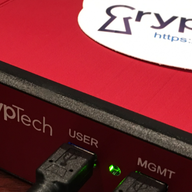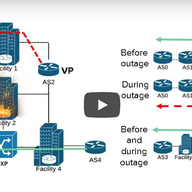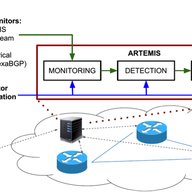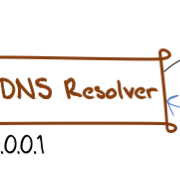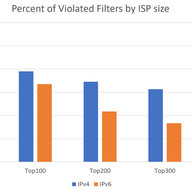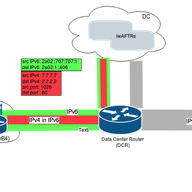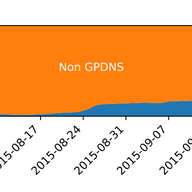
Passive Observations of Large DNS Service


Wouter de Vries
Based in Hengelo
I am a PhD student in the Design and Analysis of Communication Systems (DACS) group at the University of Twente. My current research area is the optimization of anycast catchments, specifically to improve resilience against Distributed Denial-of-Service (DDoS) attacks. More
• 5 min read
In 2009, Google launched its Public DNS service, with its characteristic IP address 8.8.8.8. Since then, this service has grown to be the largest and most well-known DNS service in existence. Due to the centralisation that is caused by public DNS services, large content delivery networks (CDNs), su…



